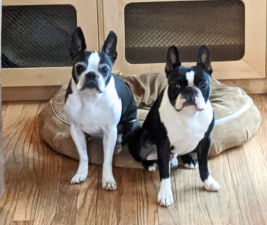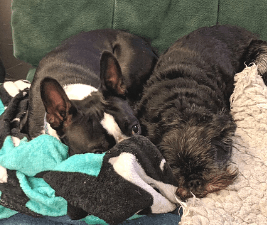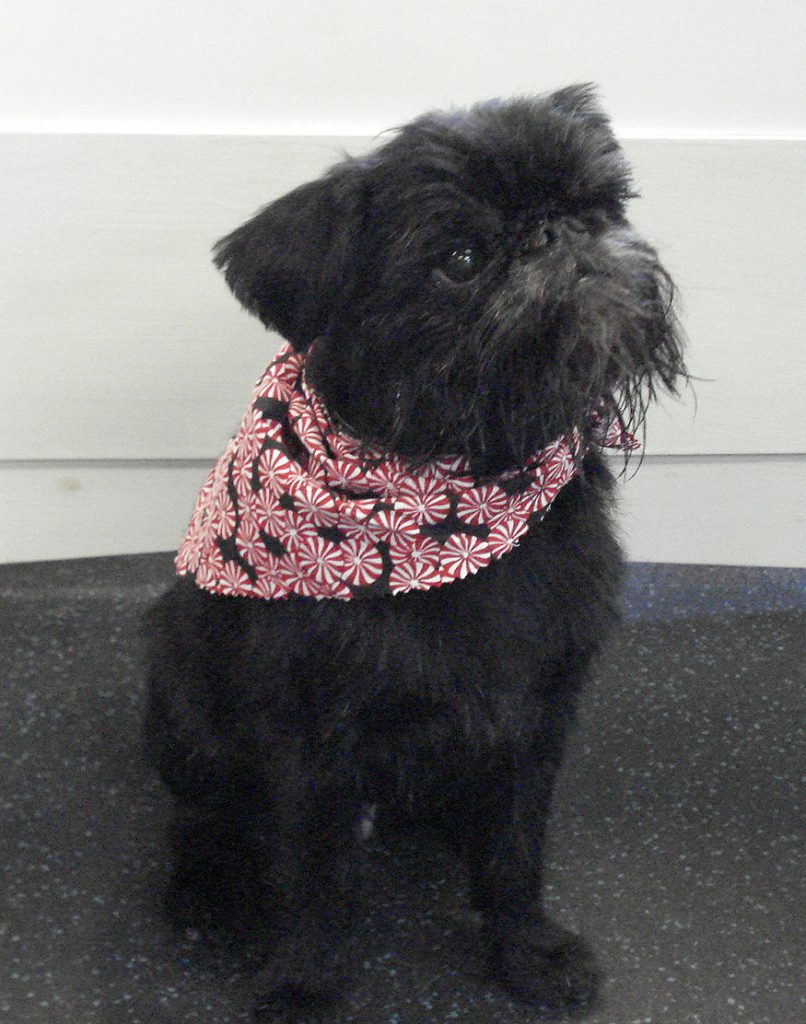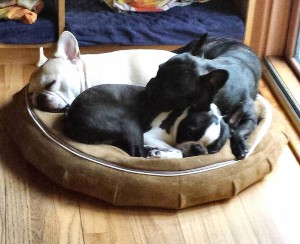Our obedience club is about to start another session and, as registrars for the club, we’re the gatekeepers. The word we keep hearing from dog owners isn’t “obedience,” it’s “socializing.”
It’s a trend we’ve noticed in recent years – people want their dogs to live their best lives. As far as we’re concerned, that’s great!
But what most people mean by “socialized” isn’t what dog trainers, behaviorists, and performance people mean. Socializing your dog doesn’t mean he’s incredibly well-behaved at doggy daycare, wants to play with every dog he meets, and happily gets along with every dog and person.
That’s not socialized. That’s a stuffed animal. No intellligent creature is going to be happy all the time, love everyone, and never have an “off” day.
What it really means
Our definition of “socialization” is that your dog is comfortable in public situations and can pay attention to you no matter where you are.
The only other dogs most dogs have to get along with are the ones in your own circle of family, friends, and neighbors. And sometimes that takes a while. Booker and Simon (Boston Terriers) are best buddies now, but it wasn’t love at first sight.
Your dog doesn’t have to love every person who crosses your path. It’s perfectly okay to not let people near your dog. You wouldn’t let strangers handle your wallet, phone, or keys. It’s okay to say “No” when they ask to pet your dog.
Non-dog people intrude
The myth about “socialization” has taken hold in public perception. Non-dog people seem to think that if a dog is in a public space, it’s available to be handled. When you say “no!” these strangers may comment that your dog isn’t well socialized. They’re the ones who are wrong – not you.
If your dog can be calm in public, listen to you, walk with you, and not cause any problems, that’s well-socialized. If your dog happens to like attention from other people, you can certainly allow it, as long as you stay in control and watch your dog for stress.
Stress signals include ears going back or flat, side-eye looks, panting, scratching, tail down, rolling over, and of course, looking to escape or even hide behind you. If your dog exhibits any signs of stress, it’s time to stop whatever’s happening and give your dog some space.
Watch for signs
Many reports of dog bites mention that the dog gave no signs. Maybe. Or maybe the people involved weren’t aware of all the signs the dog was showing. A growl or baring teeth are the last line of defense before a bite happens. They are probably just the last in a long series of signals that somebody ignored.
If you want your dog to be well socialized, learn your dog’s signs of anxiety and stress. Keep below your dog’s threshold, and remove the dog from situations that threaten to send them over. In time, your dog’s tolerance will broaden as you shield them from over-threshold stress.
And if you’re not “nice” for not letting strangers do what they want with your dog, so be it. If you need something to say to explain it to them, ask them how they’d like to be hugged by every stranger they pass. Most people will cringe at the thought.
Enjoyed this post? Click here to sign up for the weekly newsletter and never miss another!












